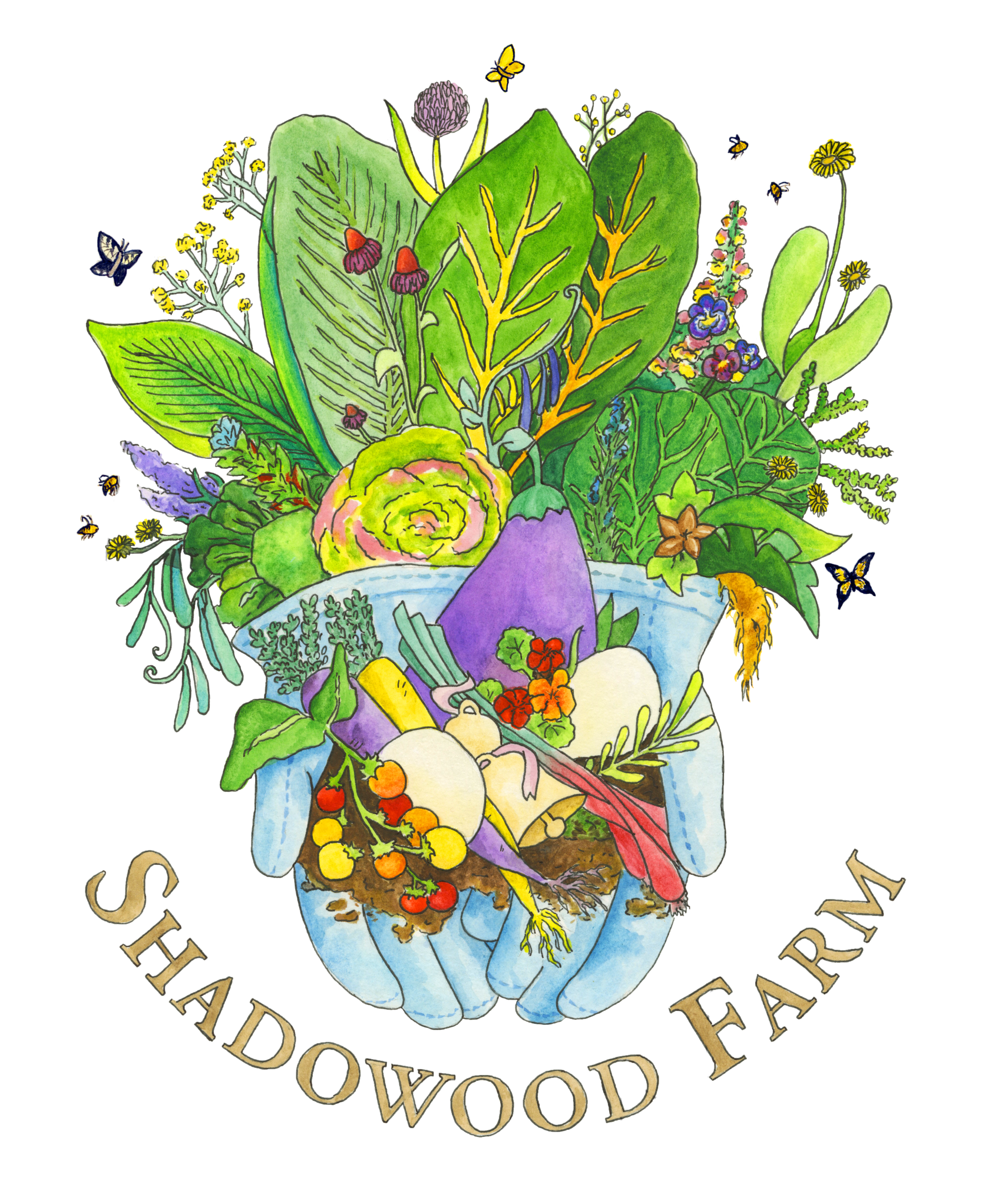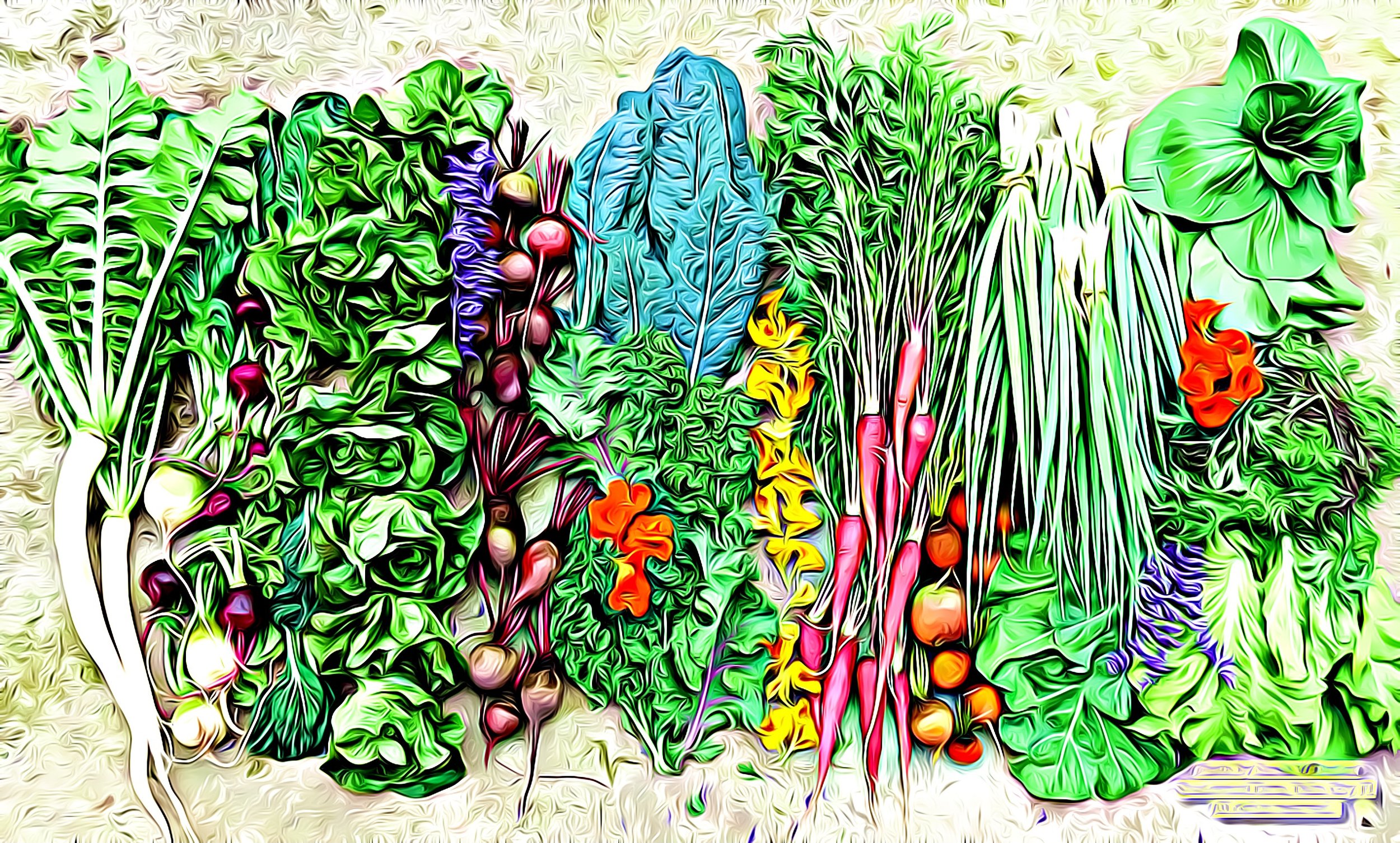For Home Gardeners
Every day we receive multiple emails from people who want to start growing food at home and want advice. What follows is some very basic information that we hope will be helpful. If you want to grow an “organic” garden, then every aspect of the garden, including bed construction, need to be carefully considered. Only USDA Certified Organic and/or OMRI listed products should be used in the growing process.
When can you grow most annual vegetables and herbs in this part of Florida? We start planting our annual vegetable and herb gardens in mid-September and continue our staggered crop plantings through early to mid February, depending on the temperatures. Though there are a variety of tropical vegetables that can be grown over the summer, most annual vegetables that people typically enjoy are done producing by the end of May.
Full sun is required. Food gardens or containers must have full sun all day (a minimum of 6 hours, 8 hours is better).
Soil: It takes years to establish a healthy growing soil in this developed part of Martin County, FL. We advise starting with raised beds or containers, due to poor soil quality, invasive weeds and soil born pest issues. Once you determine if you’re truly committed to the growing process, then the long term, “in ground”, soil building project can begin! When starting off, make certain that your bed or container dimensions are adequate for the things you wish to grow. Understand the difference between soil additives and soil. Any kind of composted manure is a soil additive and NOT what you should put plants directly in to. We suggest a soil mixture of 3 parts OMRI listed garden potting soil to 1 part OMRI listed compost/manure. Most soils and composts are sold in bags that are one or two cubic feet. To determine your cubic feet, multiply the length by the width by the depth.
Raised Beds and Containers: Raised beds are expensive to construct. You should NEVER use pressure treated lumber if your plan is to grow organic. Cedar is the most acceptable wood material. Concrete blocks from Florida that do not contain fly ash work well. Pre-fab raised bed systems are available, but can be costly and often times are not reasonable dimensions. If container gardening, think long and hard before buying prefab systems. See links below for some options with good dimensions.
If container gardening, make sure to use the right sized pots. Large food plants like tomatoes, broccoli, cabbages, cauliflowers, cucumbers, pole beans and squashes would EACH need at least 17inch diameter pots to perform to their full potential. Lettuces, herbs, bush beans, onions can do well in window boxes or other containers that are at least 8-10 inches deep and 12+ inches wide. Cloth grow bags are great & economical, even though they aren’t pretty.
Be smart about what you plant. Most people have totally unrealistic expectations. Have a clear understanding of how large each thing you plant will get at maturity and how long it takes to grow. If you don’t have a lot of room, then determine how to best utilize your limited space. If you want food fast, then pick things that have a rapid growth rate.
START SMALL! It’s a good idea to start off with a small bed or a few pots and get a feel for gardening.
Want more one on one instruction to help establish your at home garden? Email us to schedule a fee based consultation. Private consults here at the farm are $85 per hour. Consultations at your residence are based on an hourly rate plus travel time, etc.
Sources for PreFab raised beds and systems:
Vego Garden Beds has some great, affordable options.
Gardener’s Supply Company has good options in a variety of styles and materials:
We like the VEG TRUG PATIO GARDENS. They have good dimensions and have great accessories like watering inserts, greenhouse covers and frames.
They also have a variety of RAISED BED KITS in different sizes and materials.

